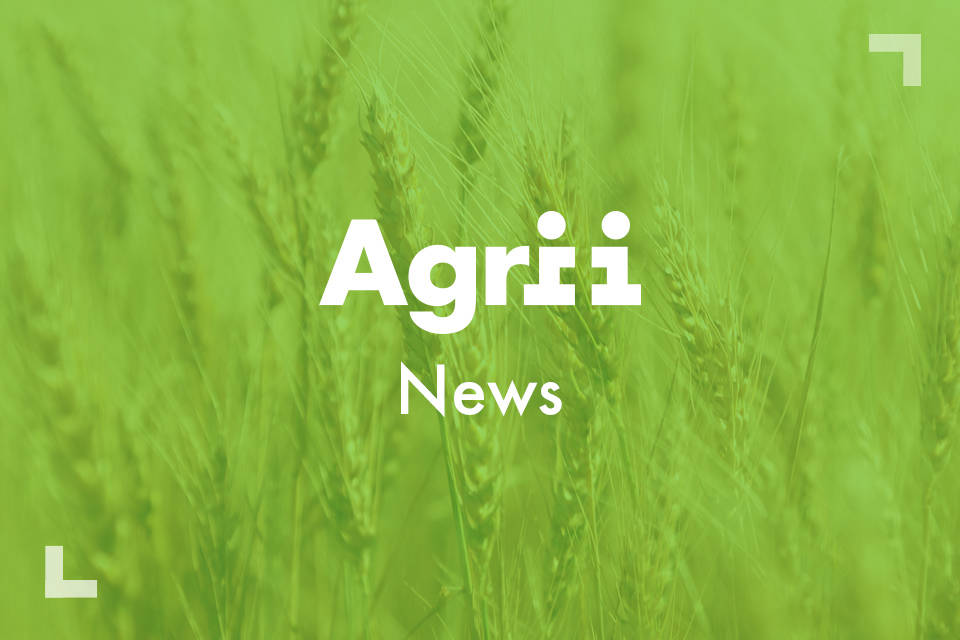SweetGrass is a range of grassland fertilisers containing sodium, specifically designed to increase animal performance from grass.
High in N, SweetGrass increases sward palatability and maximise milk and meat production from grass for optimum economic return.
The key to maximising Dry Matter Intake is highly palatable grass that encourages longer grazing time, higher bite rates and better utilisation of forage. Although sward composition, length of ley and soil fertility all impact on palatability, applying sodium to grass is the simplest and most economic method of ensuring optimum palatability.
Why use SweetGrass?
- Palatability is key to optimum grass utilisation
- Sweet-Grass improves palatability
- Improved palatability = increased intake
- Improved palatability = tighter grazing
- Increased intake and tighter grazing = optimum grass utilisation
- Improving palatability is particularly beneficial when grass becomes less digestible or following slurry application which can ‘sour’ pastures
Backed by research
CASE STUDY:
ROBERT FLEMING AT AGRII’S FORAGE iFARM, SOUTH MILTON, STRANRAER, JUNE 2016
Agrii conducted a ‘live’ grazing demonstration on sodium with our Forage iFarm partner, Robert Fleming in June 2016.
Ammonium nitrate and SweetGrass were applied to the right and left-hand side of the field respectively.
After an hour all the cows and calves were grazing on the SweetGrass side of the field due to the higher levels of palatability, as can be seen in the image below.
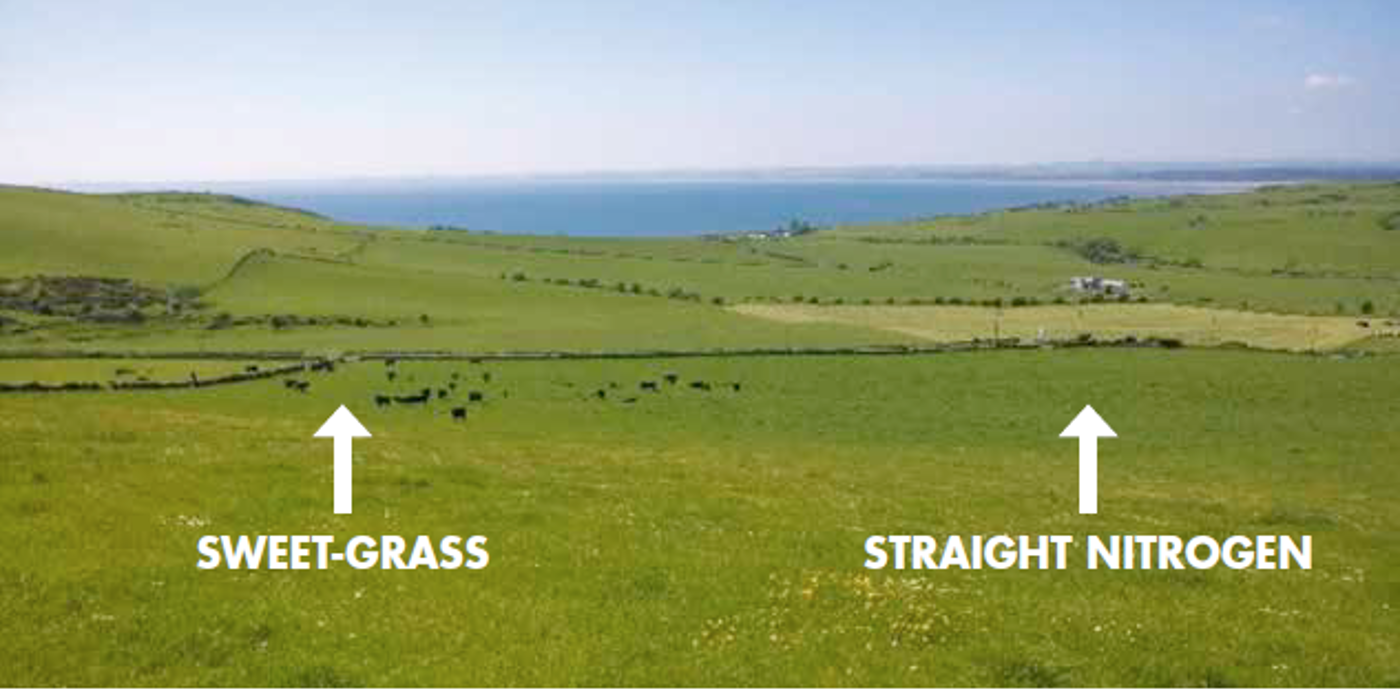
SweetGrass R&D
Extensive trials by the University of Bangor have shown that sodium can increase grass quality and animal performance. Sodium increases the sugar content of grass making it sweeter and more palatable, and it also stimulates saliva production which increases appetite.
This combination of higher palatability and increased appetite ensure higher DMI and improvements in animal output.
Applying agricultural salt – which contains 50% sodium – creates additional work and is not particularly efficient as sodium is not tightly held in the soil. Ideally, sodium should be applied little and often – 10kg/ha for each grazing cycle – to ensure maximum availability and uptake.
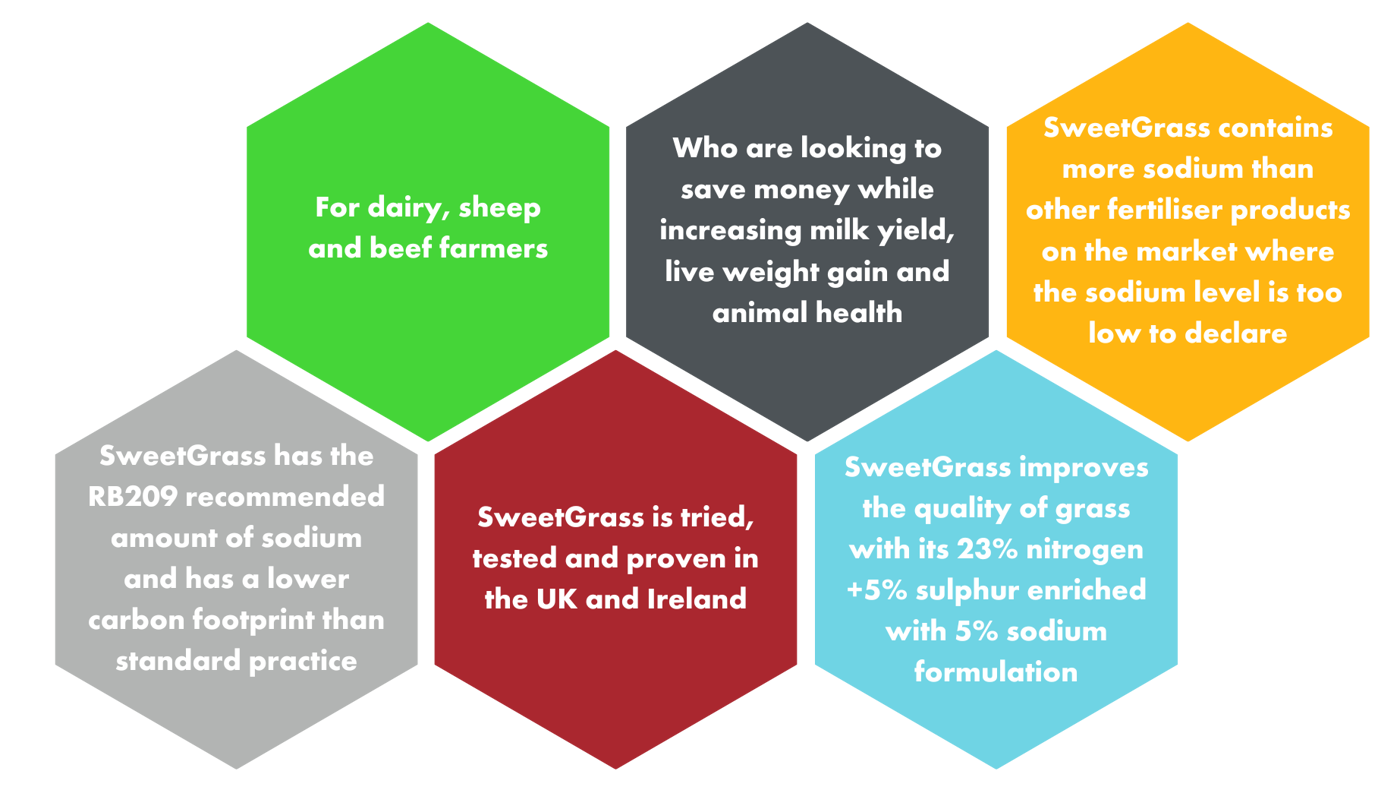
“ I treated half a field with ammonium nitrate and the other half with SweetGrass and put cows and calves into the field as a trial. The cattle could clearly be seen preferentially grazing the SweetGrass side as opposed to the area that was treated with straight nitrogen.
The SweetGrass application encouraged intake which should allow us to maximise the cattles’ potential from grazed grass.”
- Robert Fleming. South Milton, Glenluce
Sodium – an essential nutrient for livestock
Sodium is an essential nutrient for livestock health and performance.
Sodium deficiency can lead to potentially serious clinical disorders and production losses, including:
- Loss of appetite and reduced dry matter intake (DMI)
- Reduced milk yield
- Increased somatic cell count
- Increased risk of hypomagnesaemia (grass staggers)
The benefits of Sodium for grass
Although grass does not need sodium, its uptake produces significant benefits, including:
- Higher % of live herbage
- Higher D values
- Increased sugar content
- Better utilisation of awards
- Improved palatability and digestibility
SweetGrass contains a high-quality granular sodium that is compatible with other nutrients, which allows it to be applied within the standard fertiliser programme without any additional work.
SweetGrass can be applied throughout the grazing season at 125-250kg/ha to provide optimum inputs of sodium along with nitrogen and sulphur. Additional micronutrients, e.g. selenium and copper, can also be added on request
Join Our Community

Agrii X
We love engaging with clients and partners. Give us a follow and let's share stories for the community.

Agrii Instagram
A picture paints a thousand words. Follow us on Instagram to see what we are up to.

Agrii Facebook
Follow us on the worlds biggest social media site for the latest news and events straight to your feed.

Agrii LinkedIn
If you are all about the business, connect with us on LinkedIn to build your network
Stay In Touch

Journal Sign-Up
Receive email updates on topical news and information from around Agrii and UK Farming.

Listen To Our Podcasts
Listen to the Tramlines Podcast. Fortnightly chat about agriculture and trials with your host Tony Smith.

Agrii Insights
Read essential agri intelligence for profitable farming.

Find an Event
Join us for our upcoming events and tours.
Featured News
News - 17/06/25
Half of OSR area underwritten by establishment schemes
News - 27/05/25
Honouring Marek Nowakowski: A Day at Buckingham Palace
News - 01/05/25
Reducing the environmental impact of maize
News - 17/03/25
Agrii Partners with RapidAIM to Revolutionise Codling Moth Management in UK Apple Orchards
News - 07/03/25
Shining a Spotlight on Women in Agriculture
From the fields
Get Growing
Find leading products for all your crop, livestock, and equipment needs

Agrii Vineyard Toolkit
Vine growers, get your copy of the Agrii Vineyard toolkit.

Find out more about Root Crops
A broad range of Root Crops for home-grown forage
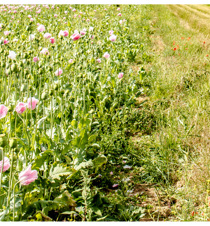
Find out more about Environmental Mixtures
Need ground cover, bird seed and wildflower mixtures? We've got you covered
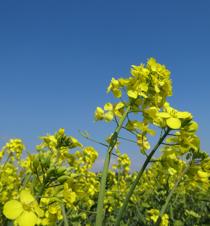
Find out more about OSR
Robust varieties and crop management advice
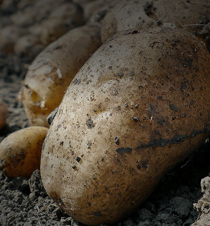
Find out more about Potato crops
We have deep expertise in potato crop management
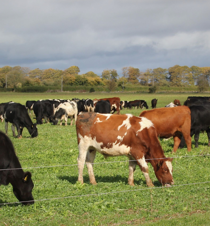
Grassland to repair? Discover your options
Discover our range of grass seeds
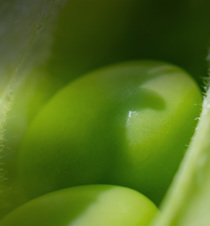
Find out more about Innovation Crops
Options for profitable opportunities in your rotation
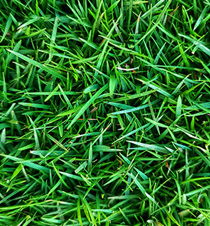
SFI SAM3 Herbal Leys
Find the right SFI legume and herbal ley for your farm system
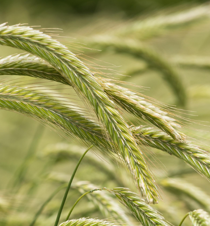
Find out more about Hybrid Rye Crops
Growing wholecrop for AD or grain for livestock we have varieties and advice to help you grow
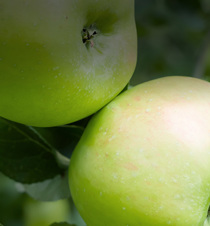
Find out more about Fruit
Dedicated horticulture and viticulture teams to help you manage your crops
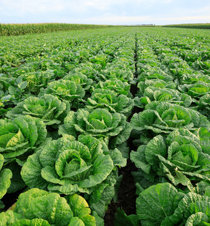
Find out more about growing Vegetables
Specialist agronomy and solutions for high value crops
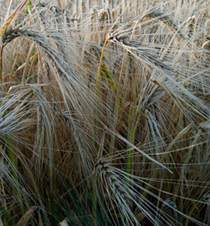
Growing Winter cereals? Find out more here
See our range of researched Winter Cereal crops for your rotation




